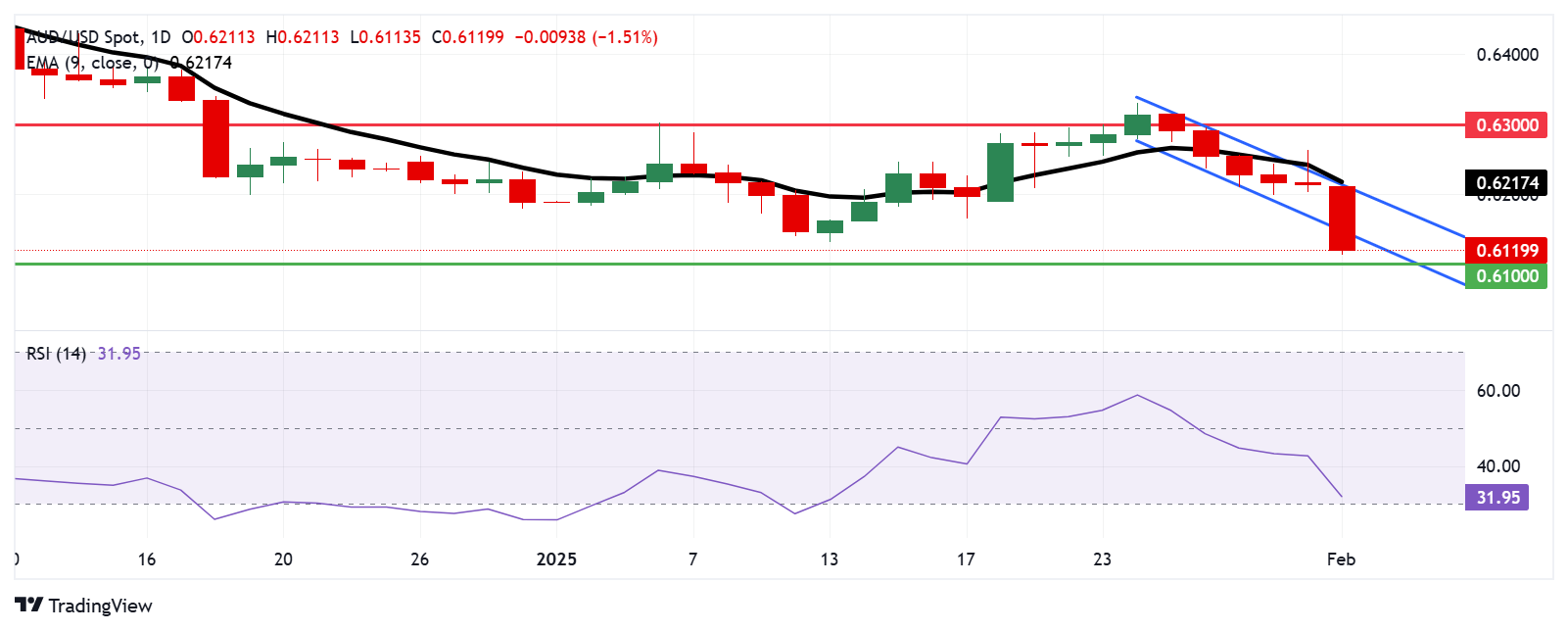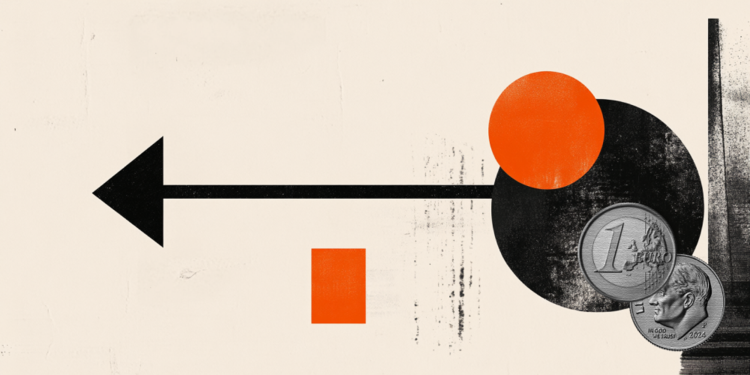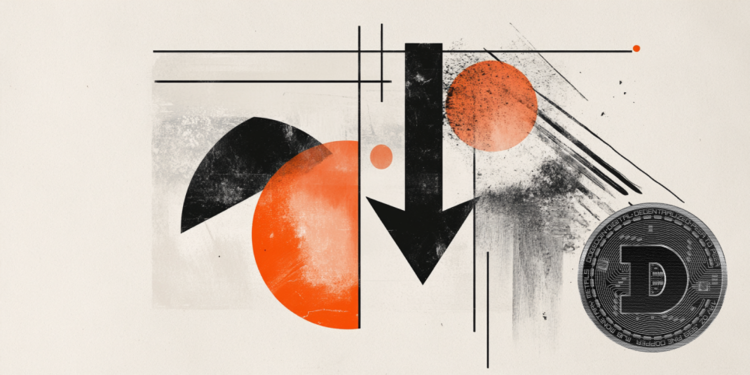- The Australian Dollar declined as US President Donald Trump set tariffs against China, Canada, and Mexico.
- China’s Caixin Manufacturing Purchasing Managers’ Index fell to 50.1 in January, down from 50.5 in December.
- The US plans to impose a 25% tariff on Canadian and Mexican goods, while China will face a 10% tariff.
The Australian Dollar (AUD) extends its losing streak against the US Dollar (USD) for the sixth consecutive session on Monday. The AUD/USD pair dropped over 1% amid risk-off sentiment following US President Donald Trump’s decision to impose import tariffs on China, one of Australia’s key trading partners.
On Saturday, the US announced plans to implement 25% tariffs on Canadian and Mexican goods, while Chinese exports would face a 10% tariff, according to Bloomberg. These tariffs, set to take effect on Tuesday, will remain in place until the fentanyl overdose crisis is “resolved.”
In response, Canada, Mexico, and China have vowed to retaliate against the broad trade restrictions. China’s foreign ministry warned that the tariffs would inevitably impact future cooperation on drug control.
Meanwhile, Australia’s Retail Sales declined by 0.1% month-on-month in December 2024, marking the first drop in nine months. Although the decline was less severe than the anticipated 0.7% contraction, it highlights weakening consumer spending, increasing speculation that the Reserve Bank of Australia (RBA) may consider a rate cut in February.
China’s Caixin Manufacturing Purchasing Managers’ Index (PMI) declined to 50.1 in January, down from 50.5 in December. The reading fell short of market expectations, which had anticipated a steady 50.5.
Australian Dollar loses ground as Trump initiates trade war
- The US Dollar Index (DXY), which measures the US Dollar’s value against six major currencies, rises for the fifth successive day and trades above 109.50 at the time of writing. ISM Manufacturing PMI for January will be eyed later on Monday.
- The US Personal Consumption Expenditures (PCE) Price Index, the Fed’s preferred inflation gauge, rose 0.3% MoM in December, up from 0.1% in November. On an annual basis, PCE inflation accelerated to 2.6% from the previous 2.4%, while core PCE, which excludes food and energy, remained steady at 2.8% YoY for the third straight month.
- The Department of Commerce reported that Gross Domestic Product Annualized (Q4) fell to 2.3% from 3.1%, missing expectations of 2.6%. Additionally, Initial Jobless Claims for the week ending January 24 came in at 207K, below forecasts of 220K but an improvement from the previous week’s 223K.
- Fed Chair Jerome Powell emphasized during the post-meeting press conference that the central bank would need to see “real progress on inflation or some weakness in the labor market” before considering any further adjustments to monetary policy.
- US Treasury Secretary Scott Bessent warned Key Square Capital Management partners a year ago that “tariffs are inflationary and would strengthen the US Dollar—hardly a good starting point for a US industrial renaissance.” However, according to the Financial Times (FT), Bessent last week advocated for new universal tariffs on US imports, proposing an initial 2.5% rate that would gradually increase.
- President Trump announced his threat on X (formerly Twitter) to levy 100% tariffs on BRICS nations if they attempt to introduce an alternative currency to challenge the US dollar in international trade.
- Australia’s Retail Sales increased by 4.6% year-over-year compared to December 2023. On a seasonally adjusted basis, sales rose 1.0% QoQ in the December quarter of 2024.
- ANZ, CBA, Westpac, and now National Australia Bank (NAB) all anticipate a 25 basis point (bps) rate cut from the Reserve Bank of Australia (RBA) in February. Previously, the NAB had forecasted a rate cut in May but has now moved its projection forward to the February RBA meeting.
- The Reserve Bank of Australia released its January 2025 Bulletin, featuring a detailed analysis of how monetary policy changes influence interest rates in the economy and how fluctuations in interest rates impact economic activity and inflation.
Australian Dollar breaks below descending channel’s lower boundary
AUD/USD hovers around 0.6130 on Monday, trading below the descending channel pattern on the daily chart, signaling a strengthening bearish bias. The 14-day Relative Strength Index (RSI) has dropped near the 30 mark, reinforcing the ongoing downside momentum.
On the downside, the AUD/USD pair could test the psychological support level of 0.6131, last seen in April 2020.
Alternatively, if the pair attempts a rebound, it may re-enter the descending channel and target the upper boundary, which aligns with the nine-day Exponential Moving Average (EMA) at 0.6217.
AUD/USD: Daily Chart

Australian Dollar PRICE Today
The table below shows the percentage change of Australian Dollar (AUD) against listed major currencies today. Australian Dollar was the weakest against the US Dollar.
| USD | EUR | GBP | JPY | CAD | AUD | NZD | CHF | |
|---|---|---|---|---|---|---|---|---|
| USD | 1.32% | 0.97% | 0.55% | 0.36% | 1.85% | 1.14% | 0.08% | |
| EUR | -1.32% | 0.05% | 0.56% | 0.35% | 0.99% | 1.13% | 0.07% | |
| GBP | -0.97% | -0.05% | -0.61% | 0.29% | 0.94% | 1.08% | 0.02% | |
| JPY | -0.55% | -0.56% | 0.61% | -0.19% | 1.45% | 1.51% | 0.18% | |
| CAD | -0.36% | -0.35% | -0.29% | 0.19% | 0.38% | 0.78% | -0.27% | |
| AUD | -1.85% | -0.99% | -0.94% | -1.45% | -0.38% | 0.14% | -0.91% | |
| NZD | -1.14% | -1.13% | -1.08% | -1.51% | -0.78% | -0.14% | -1.05% | |
| CHF | -0.08% | -0.07% | -0.02% | -0.18% | 0.27% | 0.91% | 1.05% |
The heat map shows percentage changes of major currencies against each other. The base currency is picked from the left column, while the quote currency is picked from the top row. For example, if you pick the Australian Dollar from the left column and move along the horizontal line to the US Dollar, the percentage change displayed in the box will represent AUD (base)/USD (quote).
Australian Dollar FAQs
One of the most significant factors for the Australian Dollar (AUD) is the level of interest rates set by the Reserve Bank of Australia (RBA). Because Australia is a resource-rich country another key driver is the price of its biggest export, Iron Ore. The health of the Chinese economy, its largest trading partner, is a factor, as well as inflation in Australia, its growth rate and Trade Balance. Market sentiment – whether investors are taking on more risky assets (risk-on) or seeking safe-havens (risk-off) – is also a factor, with risk-on positive for AUD.
The Reserve Bank of Australia (RBA) influences the Australian Dollar (AUD) by setting the level of interest rates that Australian banks can lend to each other. This influences the level of interest rates in the economy as a whole. The main goal of the RBA is to maintain a stable inflation rate of 2-3% by adjusting interest rates up or down. Relatively high interest rates compared to other major central banks support the AUD, and the opposite for relatively low. The RBA can also use quantitative easing and tightening to influence credit conditions, with the former AUD-negative and the latter AUD-positive.
China is Australia’s largest trading partner so the health of the Chinese economy is a major influence on the value of the Australian Dollar (AUD). When the Chinese economy is doing well it purchases more raw materials, goods and services from Australia, lifting demand for the AUD, and pushing up its value. The opposite is the case when the Chinese economy is not growing as fast as expected. Positive or negative surprises in Chinese growth data, therefore, often have a direct impact on the Australian Dollar and its pairs.
Iron Ore is Australia’s largest export, accounting for $118 billion a year according to data from 2021, with China as its primary destination. The price of Iron Ore, therefore, can be a driver of the Australian Dollar. Generally, if the price of Iron Ore rises, AUD also goes up, as aggregate demand for the currency increases. The opposite is the case if the price of Iron Ore falls. Higher Iron Ore prices also tend to result in a greater likelihood of a positive Trade Balance for Australia, which is also positive of the AUD.
The Trade Balance, which is the difference between what a country earns from its exports versus what it pays for its imports, is another factor that can influence the value of the Australian Dollar. If Australia produces highly sought after exports, then its currency will gain in value purely from the surplus demand created from foreign buyers seeking to purchase its exports versus what it spends to purchase imports. Therefore, a positive net Trade Balance strengthens the AUD, with the opposite effect if the Trade Balance is negative.

























